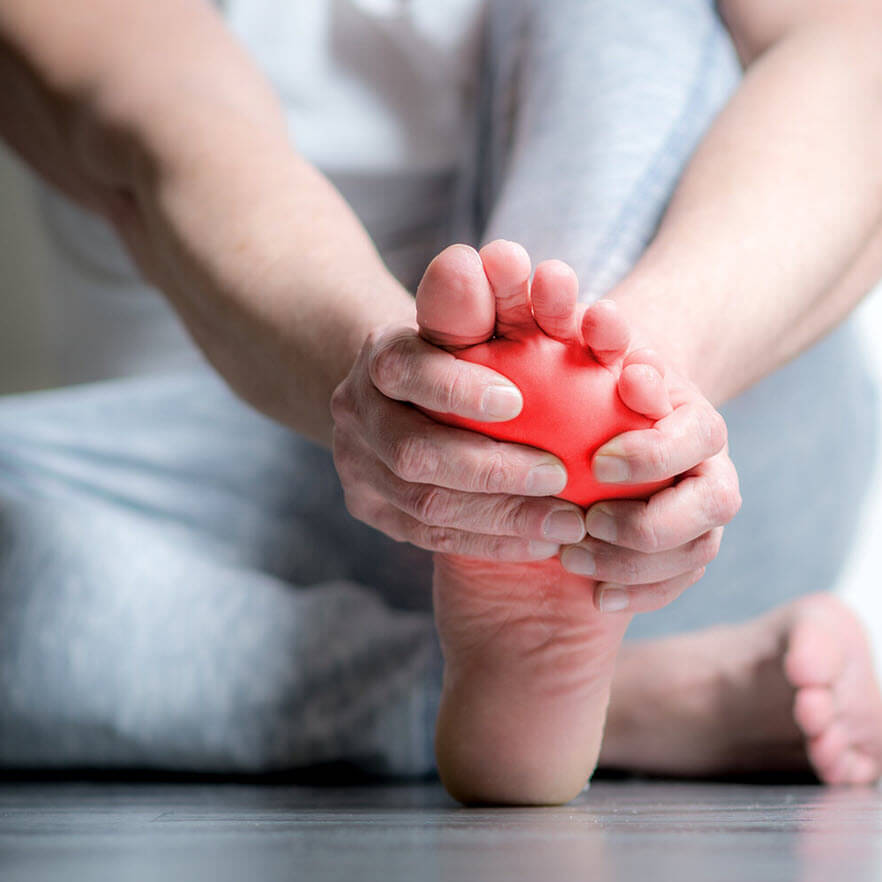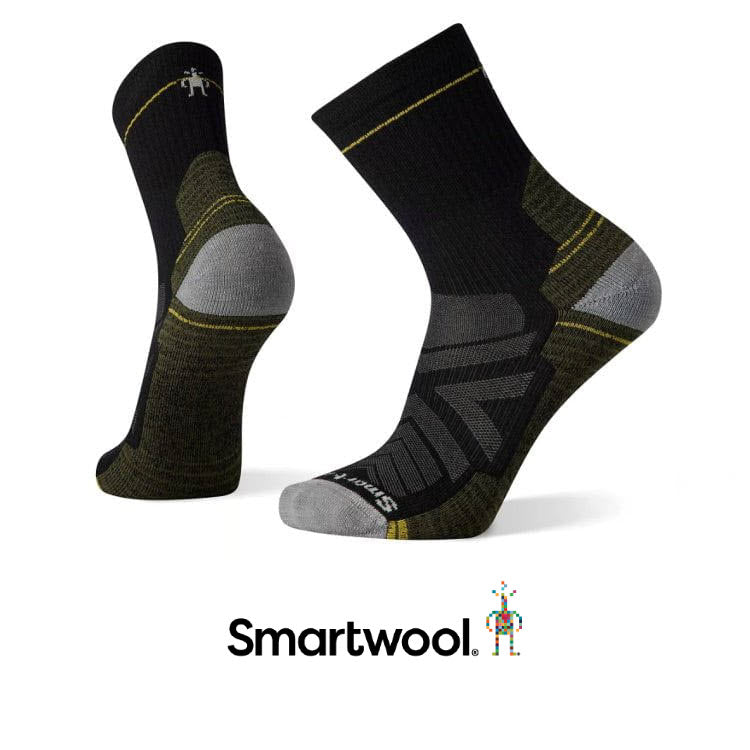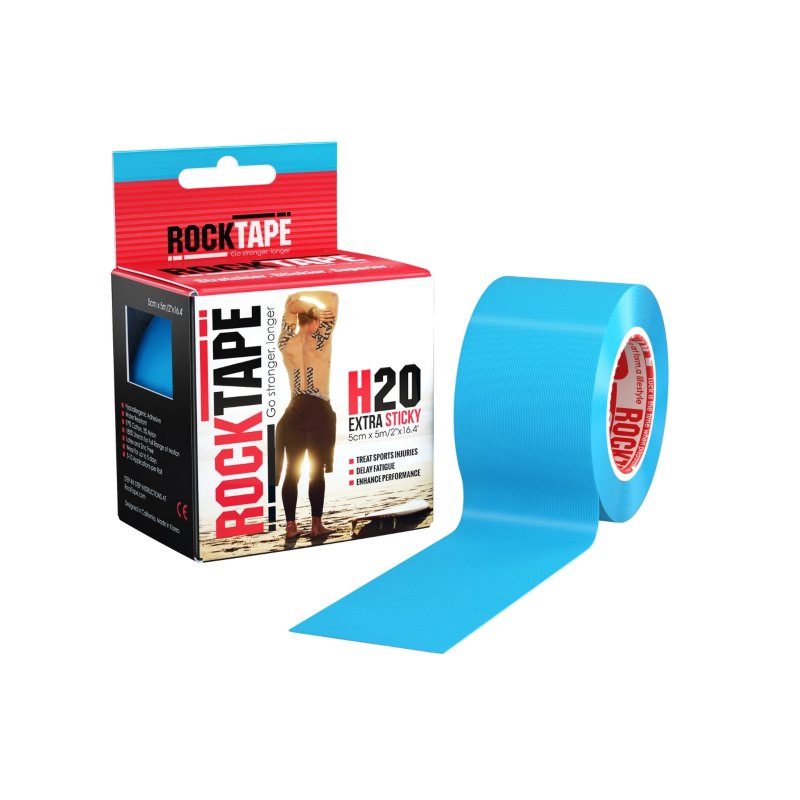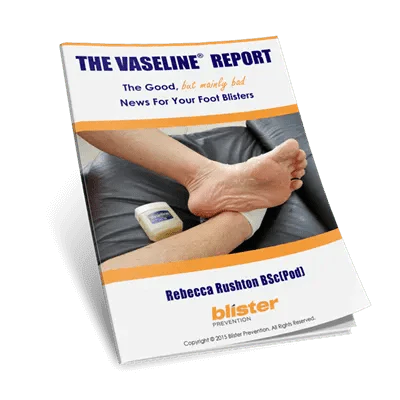A hotspot is a pre-blister state. It's a subtle and relatively brief sensation of warmth that precedes a blister. The discomfort comes from the layers of skin stretching back and forth (shearing), close to the point where the connections are at the brink of a tear. A hotspot can be considered your tiny window of opportunity to prevent a blister. Fail to act and you'll soon be dealing with a blister. But not every sensation of warmth, heat or discomfort is a sign of a blister coming.
This doesn't sound like a pre-blister hotspot
I frequently get emails from people saying they feel a hotspot sensation every time they go for a run. The sensation can last for an hour or even longer. They're sure it's a hotspot and that if they ran any further, it would turn into a blister. But no matter how long they run, they never see a blister at the end of it.
The fact is, the hotspot stage of a blister doesn't last long at all. It can last seconds on some types of skin, and maybe up to half an hour on other types of skin, at the most. So if it is a blister-related hotspot, the skin is either going to bubble up to form a blister; or the roof will shear right off, rather early in the process.
What else could it be be?
Not everything that feels warm or hot or uncomfortable is a hotspot. I can think of a hundred other things that could conceivably be described as a hotspot including chilblains, neuromas, stretching, tendinopathy, corns, compression, bruising, inflammation... it could literally refer to just about any problem that you can get with your feet.
What to do about your non-blister hotspot sensation
If you've got what feels like the beginnings of a blister that lasts for longer than half an hour but there's no sign of an actual blister, my advice is it's not anything to do with blister formation. It's more about something mechanical or pressure related. These are the types of things a podiatrist can diagnose with a close examination of your foot structure and function. We can identify the structure or tissue that is under stress (tissue stress theory) and work out ways to reduce that stress. It could be with cushioned insole or taping or stretches or orthotics or gait retraining. So do yourself a favour, go and see your podiatrist and they can help you sort out what's really going on.






